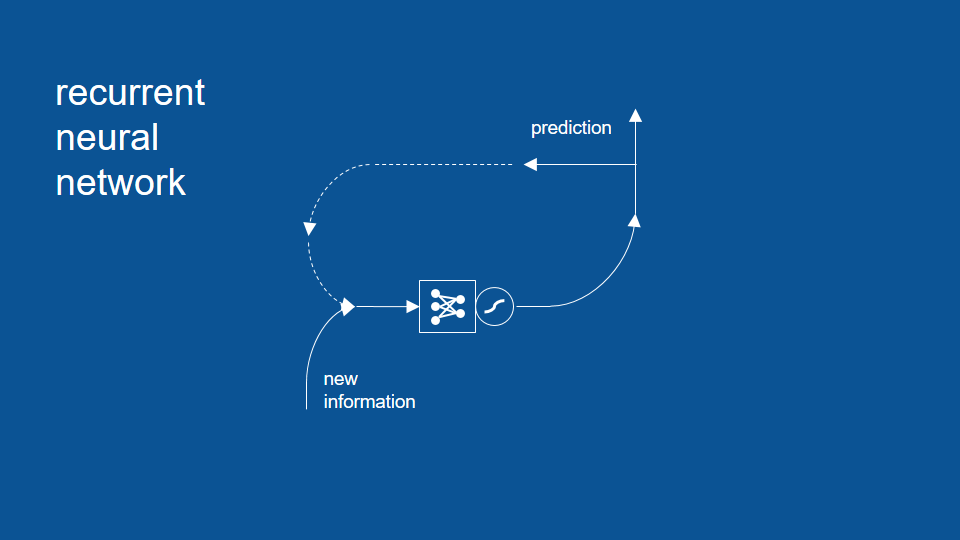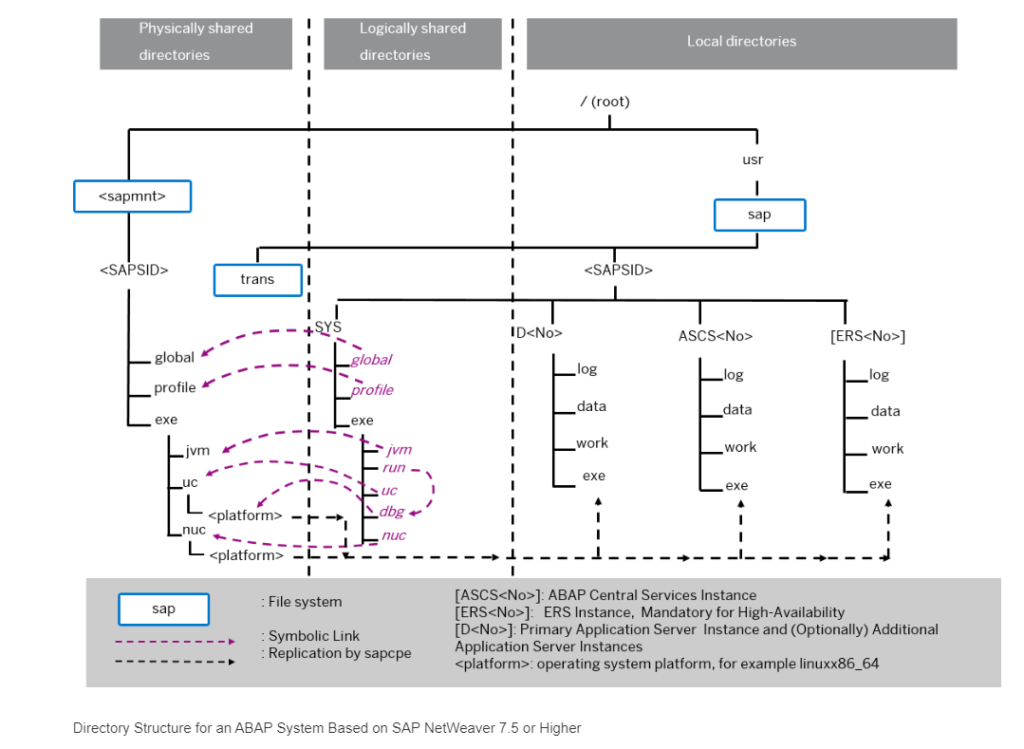


Is there something I am doing wrong to end up making them so big – perhaps a system setting? What is in these files that they need to be so huge? This is very discouraging towards using this handy feature. Many of the original files are pretty small, yet their aliases are many orders of magnitude bigger. By using aliases, I ensure that there is only a single "master" version that is edited when a file is opened from any of those folders. I use aliases extensively, so as to keep references to the same original file in multiple folders, since these files fall into the multiple categories that each folder contains. Moreover, a larger original file might create a smaller alias than that for a smaller original file, even when both original files are in the same folder. But I notice that MB-sized aliases are often created even when the original file is a tiny 1 KB file. One would like to use an alias so as to not have to keep a copy of a large file. Having aliases be so huge defeats the purpose of a small file reference that can be used in multiple other places. So, what is in these files?! I know these are analogous to "shortcut" files under MS Windows, which are not that large. Old aliases from a prior OS version (usually but not always) still work in opening their original file, so apparently we don't need the extra size. However, sometimes they can still be as small as before (only a few hundred bytes).
#Symbolic linker os10.9.5 mac os
But now I notice that, under Mac OS 10.7, newly created alias files are always hundreds of KB large, and can typically be as huge as 1.6 MB! The custom icon only accounts for a fraction of this size. On prior Mac operating system versions (e.g., 10.3.9), these alias files were just a few hundred bytes in size, rarely over 1,400 bytes total.
#Symbolic linker os10.9.5 full
All that needs to be stored is the directory path to the original file, either (or both) as a full reference or a relative reference, plus its file system ID and perhaps a drive ID (in case it's moved). When you open or print it, the operating system actually opens or prints the original file referenced. Those files are created at boot time by "/etc/rc.d/rc.local" script.Why are alias files so big now? Before (OSX 10.3), they were rarely bigger than 1 KB, but now (OSX 10.7), they're often up to 1.6 MB! Can we do something to keep them small?Īs I understand it, an alias is just a pointer or reference to another file. "/etc/passwd" and "/etc/shadow" are symbolic links to "/tmp/passwd" and "/tmp/shadow". It is now time to start that "/usr/sbin/telnetd" server :) But wait.

So … "recorder_test.cgi" potentially calls system("smbmount //%s/%s %s -o username=%s,password=%s") … Let's see if "password" parameter is properly escaped. Rs485_control.cgi: RS485PresetControl::%s(), unexpected command Recorder_test.cgi: smbmount //%s/%s %s -o username=%s,password=%s Let's focus on those files, and look for possibly unsecure calls.Īdv_sdcard.cgi: find "%s" -type f -name "*" |wc -l In my experience, this bug plagues all and every Linux-based embedded devices, ranging from the OrangeBox (now dead link) to DD-WRT. Let's look for compiled CGI that might be calling system(). However we are going to focus on a very specific bug: "semicolon injection". XmlBegin index.xsl home-left.lang index.lang usr/sbin/telnetd 1>/dev/null 2>/dev/null According to copyright strings, the camera itself is built around the Prolific PL-1029 "System On a Chip". Many CGI files under "/var/script :) We now have full read access to the firmware, which leads to interesting discoveries. $ sudo mount -o loop,ro cramfs /mnt/loop/īin dev etc lib linuxrc mnt opt proc sbin scripts tmp usr var Actual offset may vary - depending of the firmware localization (D-Link provides regional builds of the same version). Nevertheless we gained some insights about memory layout, and we know that a CramFS filesystem is used.ĬramFS "magic" bytes are 0x28cd3d45 - they are very easy to locate within the firmware (beware of endianness). # tarLine will be replaced with a real number by Makefile


 0 kommentar(er)
0 kommentar(er)
